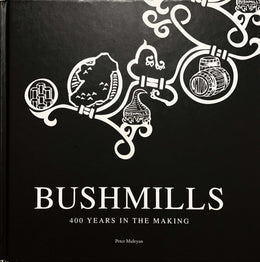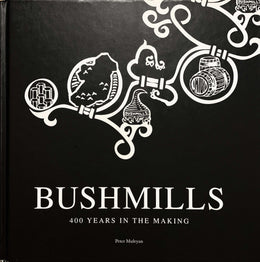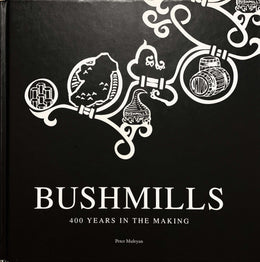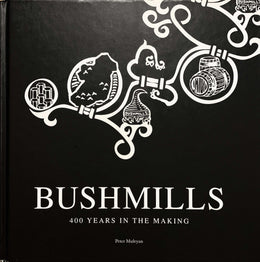The Black Death hit London in September 1348, and by the spring it had laid waste to the country. The Irish Sea was no obstacle—by the following summer, the bubonic plague had taken Ireland.
There was no known cause. Some blamed the wrate of God, but most didn’t have time to think about it. Four out of five people infected were dead within a week.
There were numerous talismans and cures, but one of the most promising must have been a liquid born of alchemy: a water that burnt; a liquid so mystical it brought the drinker closer to God; so magical it preserved flesh and so rare it was nothing less than the water of life.
Alcohol, originally prepared by alchemists and later by monks, was commonly applied as a remedy for the Black Death. In the absence of a Health Service, the Church took upon itself the role of healer, and tried to meet the medical needs of its people.
Uisce beatha and the knowledge of how to make it, most probably arrived on these shores with Irish monks, just before or at the time of the great Plague. It is all so long ago, that there are no records or documents, but it is pretty certain that an Arabic culture discovered or possibly even rediscovered the art of distilling sometime in the 11th century. The still or alembic was used to strip essential oils from healing plants, to create tinctures. The word alcohol is a corruption of the Arabic word al-kuhl, which described a very fine powder of antimony used as eye make up (kohl), as well as meaning `essence'.
The basic technique of distilling is so simple and effective, that little has changed in the way we obtain aromatherapy oils today. Water and the herb to be distilled were placed inside a clay bowl, the alembic was then sealed and a fire lit beneath it. As the water boiled, rising steam stripped the essential oils from the plant. The humid vapours would then pass through an arm jutting from the top, where they would ° be cooled back to a liquid.

Tracing the evolution of Irish whiskey then is very difficult. For a start there is little in the way of written records and what documents exist rarely make a clear distinction between Roman aqua vitae (made from wine), or Irish aqua vitae (made from grain). To add to the confusion the Gaelic term uisce beatha could refer to either drink, as pointed out in 1600 by Fynes Moryson. In his journal he praised the medicinal value of Irish "aqua vitae, vulgarly called usquebaugh."
When the first Irish record of "graine in making of aqua vitae" is documented, distilling fever had clearly gripped the land. An Act passed in 1556 by the English Parliament of Elizabeth I in Ireland explains that, "aqua vitae a drink nothing profitable to be daily drunken and used is now universally through the realm of Ireland". The legislation went on to make it illegal for anyone, with the exception of course of peers, gentlemen and the freemen of the larger towns to distil aqua vitae without a licence from the Lord Deputy.
It was, of course, a law the Irish chose to totally ignore.
In the centuries that followed the Norman invasion, the Hiberno-Norman lords, or the 'old English' as they were known, became in the words of the famous expression `more Irish than the Irish themselves'. This so worried the Establishment in loyal areas like Dublin, that in 1367 the Statutes of Kilkenny were passed, which attempted to stop those of English descent from speaking Irish or inter- marrying. However the Statutes had little effect —life in Ireland went on pretty much as it always had. It is not until the Tudor reconquest of Ireland that Bushmills finds itself yet again in the middle of an unfolding history, whose ripples can be felt to this day.
Written by Peter Mulryan
The text is an excerpt from "Bushmills: 400 Years in the Making" (pp. 17 - 18), written by Peter Mulryan, published 2008 by Appletree Press Ltd.







